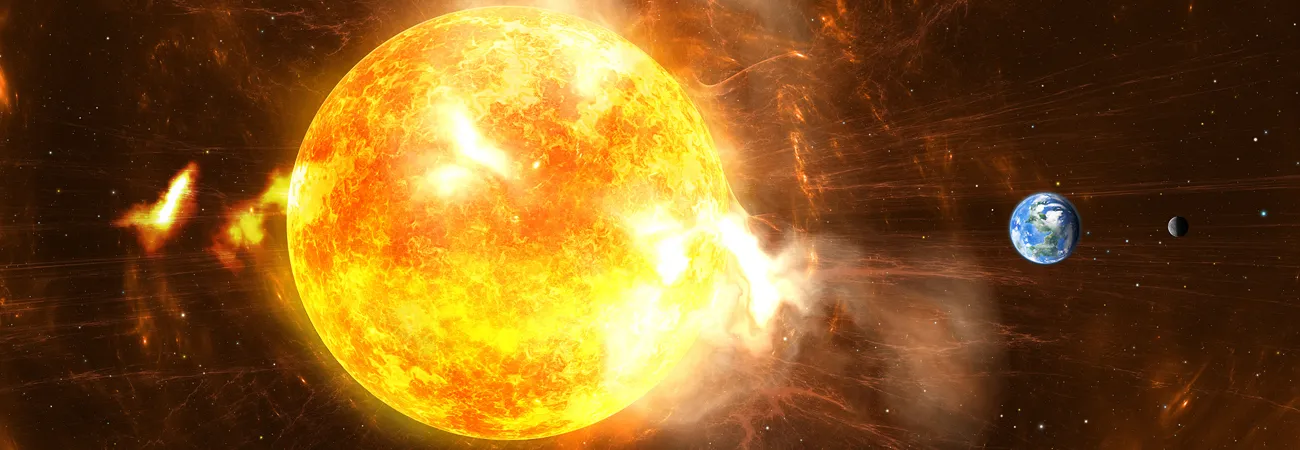i NEWS INTERNATIONAL
The Earth was hit by an intense solar storm that could bring the northern lights to night skies further south than normal, a US agency announced. Conditions of a level-four geomagnetic storm – on a scale of five – were observed on Monday from 1500 GMT, according to a specialized center at the US National Oceanic and Atmospheric Administration (NOAA). These conditions may persist for several hours, but were not expected to increase further in intensity, NOAA added in a statement. "A severe geomagnetic storm includes the potential for aurora to be seen faintly as far south as Alabama and northern California," NOAA said in a statement, referring to US states. The new solar storm is caused by coronal mass ejections (CMEs), which are explosions of particles leaving the Sun. When these particles arrive on Earth, they disrupt its magnetic field. "There are a lot of auroras now... If it lasts until nightfall here, we might be able to see some," Eric Lagadec, an astrophysicist at the Cote d'Azur Observatory in France, said on X.
On Sunday, NASA astronaut Matthew Dominick published on X a superb photo of the aurora borealis – or Northern Lights – taken from the International Space Station, where he is currently stationed. For example, they can degrade high-frequency communications, disrupt satellites, and cause overloads on the electricity grid. Operators of sensitive infrastructure have been notified to put in place measures to limit these effects, NOAA said. In May, the planet went through the most powerful geomagnetic storms recorded in 20 years. They caused auroras to light up the night sky in the United States, Europe, and Australia, at much lower latitudes than usual. This type of event has increased recently because the Sun is currently close to its peak activity, as per its 11-year cycle.
Credit: Independent News Pakistan









